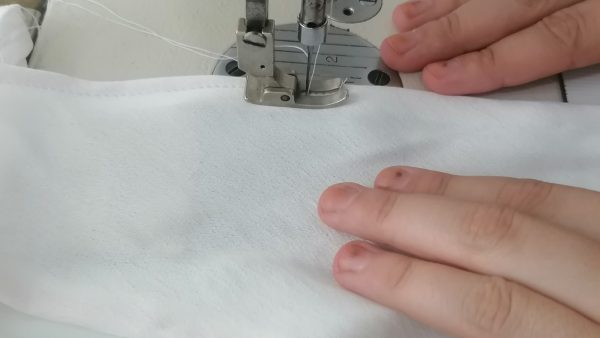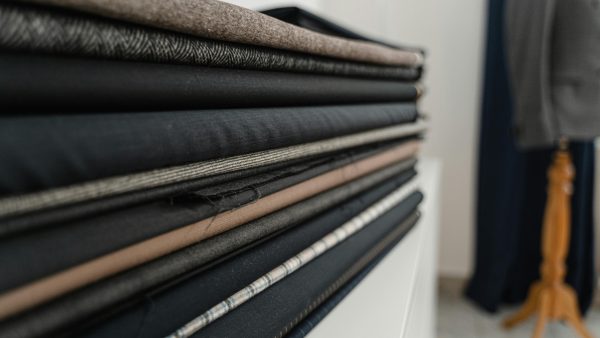Human activities have a profound impact on the environment and human health. Rising global temperatures, air and water pollution, loss of biodiversity, and many other ecological issues are directly linked to our daily choices, including the fabrics we choose for our clothing.
The issue of sustainability in fashion is becoming increasingly important in the context of combating climate change.
An older concept in a new light
The concept of sustainability is not new; in all oral cultures preceding European colonization, from Australia to Africa and South America, there was an idea that humans were guests of nature with the task of caring for it and passing it on to future generations in a state that is equal to or better than that inherited from their ancestors. In many of these cultures, nature, its resources, and animals are “subjects,” not objects of appropriation and exploitation.
With the advent of the concept of sustainable development, the importance of meeting current needs without compromising the resources and opportunities of future generations was highlighted. In the context of fashion, this meant a deep reflection on the entire life cycle of products—from design, production, distribution, use, to disposal. The goal was to find consumption and production models that minimize negative impacts on the environment and society, favoring resource conservation and regeneration, pollution reduction, and respect for human rights.

Extreme heat can be deadly for people and nature, and can cause massive problems for buildings, roads, and the power grid.
Heat stress is the leading cause of weather-related deaths and can exacerbate underlying illnesses including cardiovascular disease, diabetes, mental health issues, asthma, and can increase the risk of accidents and transmission of some infectious diseases. Heatstroke is a medical emergency with a high-case fatality rate. Researchers found that the upper-temperature limit lies between 40℃ (104F) and 50℃ (122F) when the human body stops functioning optimally. Heat also has psychological consequences, ranging from irritability to impulsivity to trouble concentrating, which can lead to general mental health impacts and increased friction within society.

From initiative to standards
Through the concept of sustainable development, fashion has become aware of its ecological and social impacts, initiating the search for innovative solutions and collaborations among brands, producers, consumers, and non-governmental organizations. This has resulted in the creation of standards and certifications, such as the Global Organic Textile Standard (GOTS) for organic textiles, which allow consumers to identify products made in a more sustainable manner.
This approach has stimulated research and innovation in the field of materials and technologies, promoting the adoption of more eco-friendly alternatives and reducing the use of non-renewable resources. “Green” concepts in fashion encompass responsible resource use, reducing the ecological impact of production processes, adopting eco-friendly materials, recycling and waste reduction, as well as promoting fair working conditions throughout the entire production chain.
 Extreme heat events in 2024
Extreme heat events in 2024
The summer of 2024 has seen record-breaking heat across the globe. Europe and North America experienced unprecedented temperatures, with severe heatwaves causing significant disruptions and health hazards.
In Europe, countries like Italy and Spain faced prolonged heatwaves, with temperatures soaring above 40°C (104°F). In the Middle East and the Gulf region, temperatures surpassed 50°C (122°F) on several occasions. The United States also experienced extreme heat, particularly in the southern and southwestern states, where temperatures exceeded 45°C (113°F) (euronews) (Nature).








Leave a comment